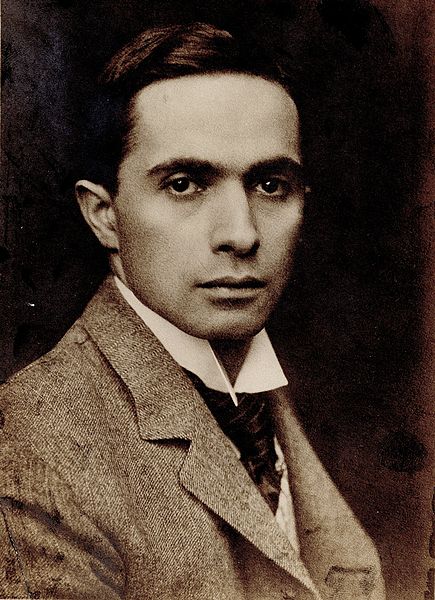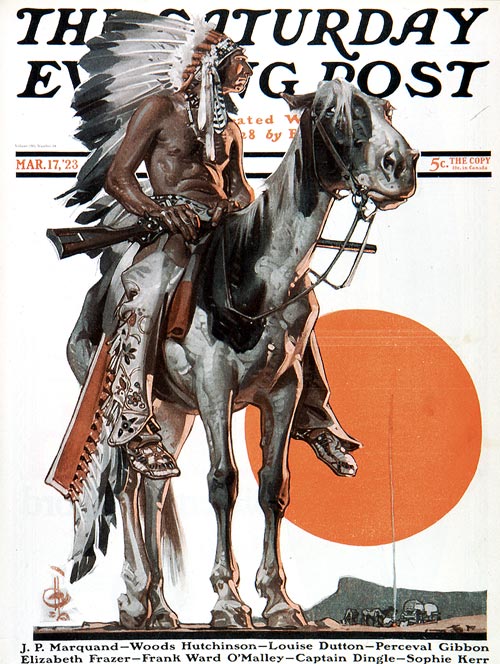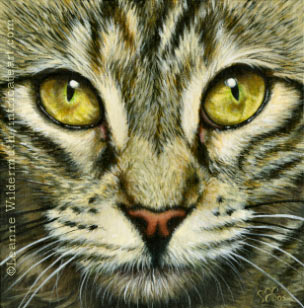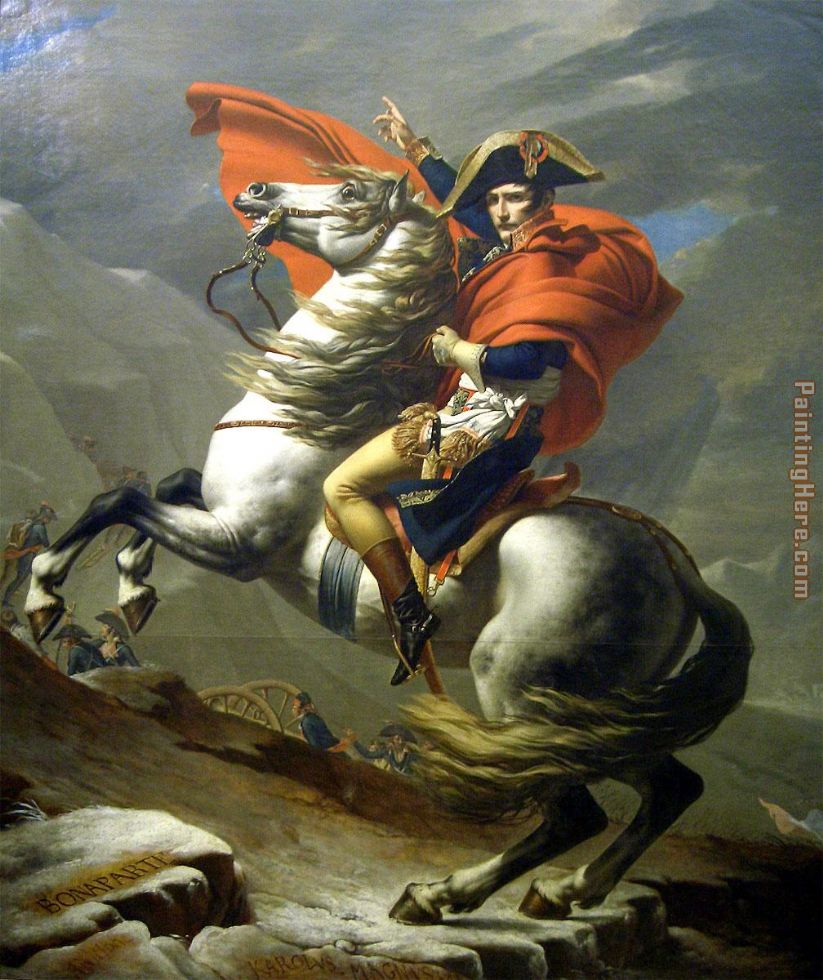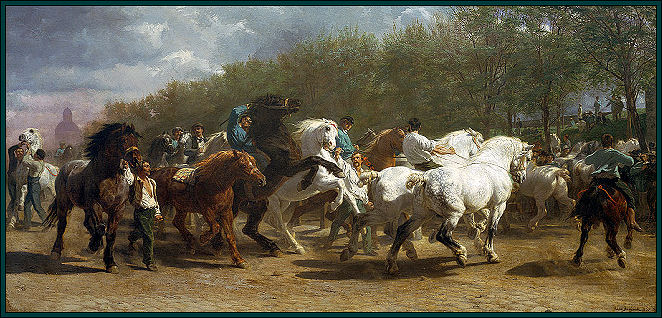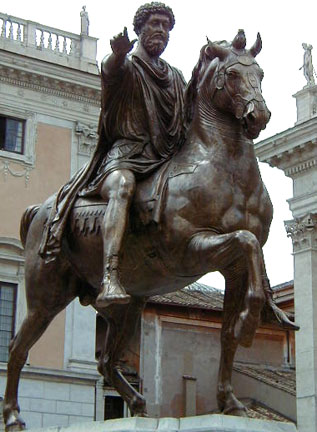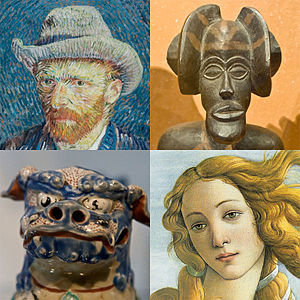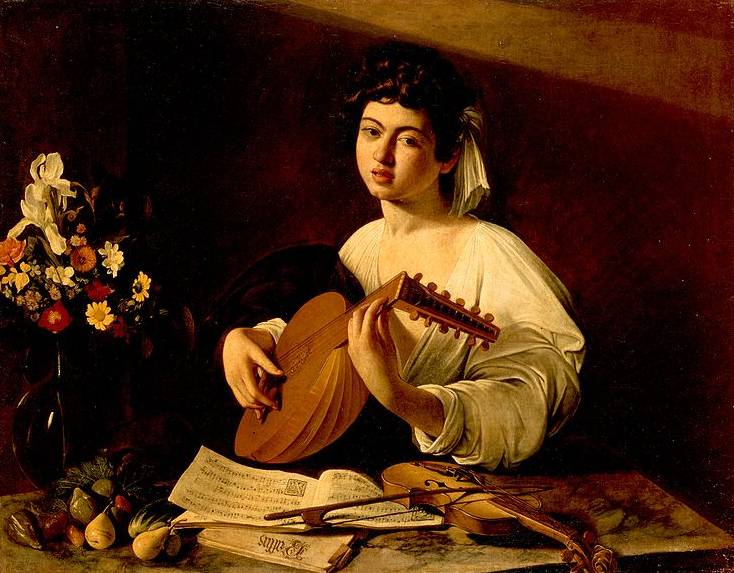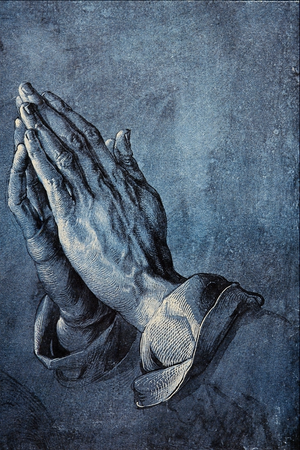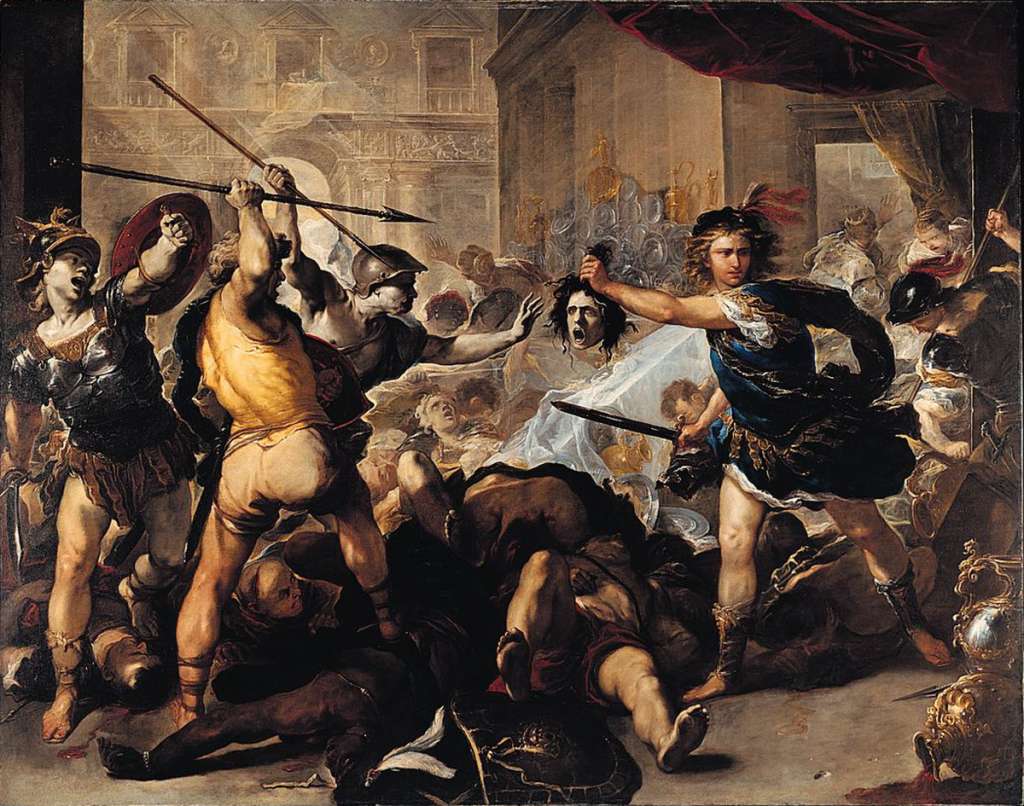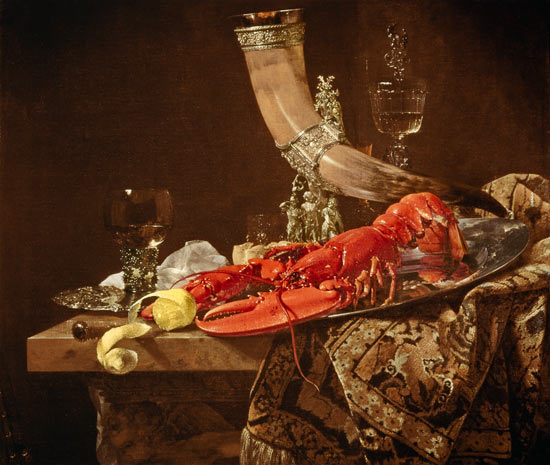Hi, guys! Today I'm going to give some quick reviews of some great how to draw books. I own all of these, and they've helped me a lot. Some I still refer to, while others were helpful when I was a beginner. They all have great tips (and great art). I'm very picky when buying how to draw books, and you should be, too. If you don't like the way the person who made the book draws, why would you want to learn from them? Anyway, here is my recommended reading list for art books (in no particular order).

#1-
The Art of Animal Drawing: Construction, Action Analysis, Caricature
by Ken Hultgren. This guy used to be an animator for Disney, and it shows. He can draw all sorts of animals, in all sorts of poses, completely from imagination. And he does so with a realistic style. This book is a great guide to how to make your animals look like they actually have bone and muscle, and is very helpful when trying to create a dynamic pose. The caricatures are cute, too, but in an outdated, old Disney sort of way.
#2-
The Art of Animal Character Design
by David Colman. I mentioned this book before, but I'm mentioning it again here because it is so helpful. It has some great tips on how to learn to draw animals from imagination, and wonderful advice on designing interesting animal characters. It's also a great book because of all the awesome drawings that you can analyze and study.
#3-
DragonArt
by Jessica "NeonDragon" Peffer. This is my go-to book on dragon drawing. Unlike other dragon books that just show you a bunch of random (yet awesome) pictures, and then show you how to go step by step through a few illustrations, this book shows you how to make a dragon. It explains dragon anatomy, different foot, wing, head, horn, and eye types. And more importantly, it discusses how to draw dragons from different directions. The end of the book also discusses how to draw a few fantasy creatures. All in all, it's a great guide to learning how to draw your own dragon in your own poses.
#4-
Freaks!: How to Draw Fantastic Fantasy Creatures
by Steve Miller (with other awesome artists). This is one of my all-time favorite how to draw books. It's actually what got me interested in anthropomorphic animals beyond the usual cartoony ones and werewolves. It's full of the work of many different artists, with many different styles (though it generally has a Marvel sort of comic book style). It explains anthro anatomy, posing, and character design. It's the best how to draw anthro book I've come across.
#5-
The Complete Idiot's Guide to Drawing People
and
Drawing For Dummies
(I've got the older version of this one) both by Brenda Hoddinott. Despite their somewhat mocking titles, the Idiot's and Dummies line of books are actually very helpful. These books were some of my most important teachers as far as my pencil drawing skills go. I learned many shading techniques from them, and got most of my people drawing skills from them as well (the Dummies book covers drawing people, too).
#6-
Drawing Animals
by Norman Adams and Joe Singer. This book was very helpful to me when I was a beginning animal artist. It discusses what types of shapes to use in the blocking stages of your drawing and covers animal anatomy. I mostly used it as a skeleton and muscle guide, because there are some great side view anatomy drawings of many different animals. I found the shading demonstrations to be too short to be helpful (they go from lineart, to base shading, to magically beautiful finished drawing), so this book is most valuable when approached from an anatomy perspective.
#7-
The Artist's Guide to Drawing Realistic Animals
by Doug Lindstrand. This was another book that helped me a lot as a beginner. While "Drawing Animals" is a great anatomy book and not a great how to shade book, this one is a great how to shade book and a poor anatomy book. It has you drawing various types of ovals and refining them into recognizable animal forms, without much though given to bones or muscles. However, it does an awesome job of describing how to draw details and is excellent at describing how to shade fur. So if you combine this book with "Drawing Animals" you've got some good information on how to be a graphite animal artist.
#8- Any of the
How to Draw Anime and Game Characters
books by Tadashi Ozawa. Surprisingly, when I first started out (before I got online with my art) I was a manga/anime style artist. I don't think I actually made much original art in that style, I mostly redrew stuff from manga, but it was with this style, and these books, that I got my first taste of being an artist. I never really liked the style of the other how to draw manga/anime books I came across, which is why this is the only series I recommend in that style. They are great at showing you how to make your own characters, poses, and facial expressions. I especially like how the books focus on character continuity from different poses.
So, those are my recommendations. Have any great how to draw books that you think I left out? Tell me!
Until next time!
